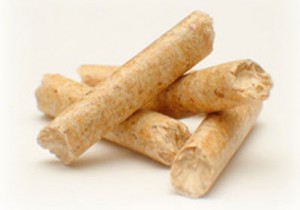When comes to improve the quality and efficiency of pellet mill production, lignin and binding agent are two important factors you should attach great importance to.

Lignin
Lignin is a kind of natural substance in the cell wall of all the fibre plants. Lignin is essential in deciding the hardness of plants. The more lignin the plant has, the harder it is. For example, lignin is especially rich in wood and low in straw. In the process of making pellets, lignin is acting as the role of binder. When processed under the state of heat and pressure, the lignin will be soften by the high pellet die temperature and then bind the raw material together, thus to form into the shape of pellet when squeezed out of the die. As the pellets come out of the pellet machines, the lignin will be cooled down and then enable the pellets to become firm and compact.
Adding binding agent
When the raw material doesn’t contain enough lignin, we need to make use of the binding agent. Otherwise, the finished pellets will be broken down into powder very easily. Binding agent can not only increase the production efficiency, but also increase the lubricity during the grinding procedure, hence decrease the wear and tear of machinery.
Many substances can be applied as simple binding agents, including molasses, starch, gluten, dry distiller, rapeseed cake, and etc. Nowadays, some institutions are doing research to extract new binding agents from waste material. Generally speaking, materials containing stickiness and oiliness have the likelihood of being used as binding agents. If you have the experimental spirit, you can try to develop some new binding agents with pellet mill by yourself.


